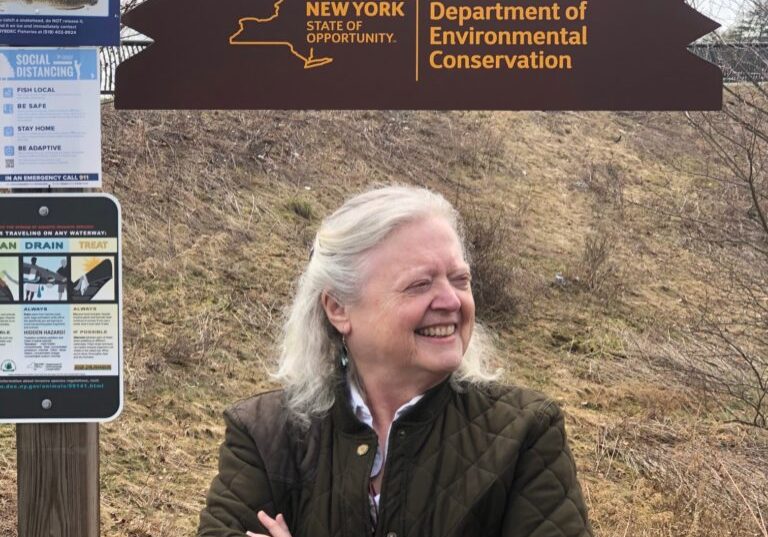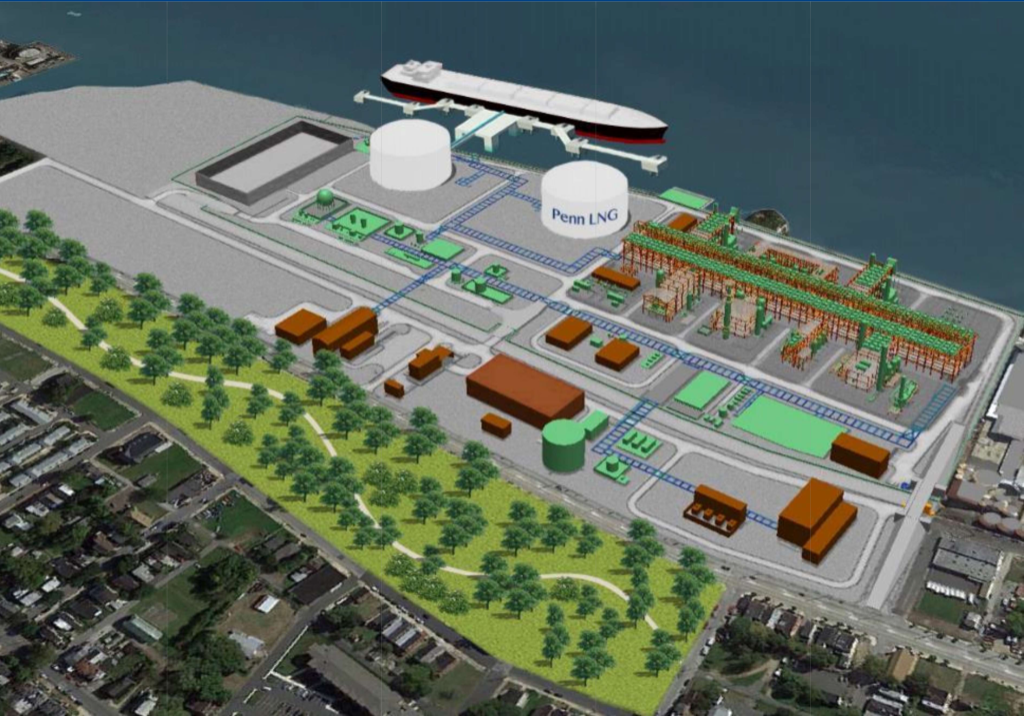
Not that the upper river really needs more water, but make it rain, Hochul and Shapiro
Editorial report
| October 16, 2023
Why are the governors of New York and Pennsylvania, through their inaction, forcing the eventual demise of the Upper Delaware Council?
A quiet organization in the sparsely populated Upper Delaware, the UDC doesn’t seem to have influential advocates that can whisper in either governor’s ear about its importance.
Allow me.
At its most simple, the council’s job is to keep the Upper Delaware River as clean and clear as all of us who use it want it to be.
That “all of us” includes millions below Hancock, N.Y., who count on the river for drinking water.
Hear that, Gov. Josh Shapiro? Is clean drinking water from Hancock to Philadelphia worth $100,000?
And New York is slowly realizing the economic value of the upper river to its river communities as demonstrated in the money that’s being allocated through various funding streams:
New access helps residents to have fun on the Delaware River
Environmental bond act could benefit Delaware watershed in New York
Upper Delaware gets $300K funding from New York State
Gov. Kathy Hochul, what’s a measly $100,000 to ensure the well-being of these communities?
Those price tags come from the River Management Plan, which states that the federal government would support the UDC with $300,000 annually, and the states of New York and Pennsylvania with $100,000 each.
And that’s in 1986 dollars, which is nearly $273,000 today, adjusted for inflation. Would you like to be paid in 1986 dollars? Although that would be better than nothing.
The federal dollars come to the UDC through the Department of the Interior’s funding of the National Parks Service, and from the NPS to the council.
To understand the importance of the UDC, there’s a trail of breadcrumbs that leads us back through time to the Tocks Island Dam, a proposal developed in the 1960s to build a dam in the river from just below Milford, Pa., to just north of Stroudsburg, Pa.
The project was eventually shelved but along the way the federal government acquired 6,000 properties and forced out about 4,000 families, often by eminent domain.
Those properties were originally in the hands of the government agency responsible for building the dam — the U.S. Army Corps of Engineers. Once the project was halted, the entire 72,000 acres were handed over to the National Parks Service to become the Delaware Water Gap National Recreation Area.
Read more about the UDC’s funding crisis: UDC is on the cusp of “financial atrophy”
Any wonder that when the upper river became, in 1978, the Upper Delaware Scenic and Recreational River — a national park unit — that communities were concerned?
That fear may explain why even now only 13 of the 15 local governments eligible are members of the UDC.
Fear of eminent domain rippled through communities, and the River Management Plan was devised amid contention to address the dual aims of keeping the river clean and keeping residents on the land they owned.
The UDC was created as an alternative to the much-feared federal management of the corridor and is a principal recommendation of the River Management Plan.
Have a look at who wrote the River Management Plan: the Conference of Upper Delaware Townships, in cooperation with Pennsylvania and New York, the Delaware River Basin Commission, National Parks Service and Upper Delaware Citizens Advisory Council.
As a result of the RMP, the prior practice for the National Parks Service to own the land of federal parks was upended.
In this park, about 95 percent of the land is privately owned. It also limits how much land the NPS can acquire: It’s restricted to 124 acres of the 55,575.5 acres in the river corridor.
The UDC is the UNDERFUNDED vehicle through which the river, and all that private land, is managed. (Here is the UDC’s own news release about its appeal to the governors for state funding shares.)
The UDC attempts to “enforce” the plan, though it has no real teeth to do so.
Some of its scarce resources (the $300,000 from the feds) goes toward technical grants, like those recently announced: $10,000 to the Town of Tusten to develop an Open Space and Recreation Plan, and $2,822 to Damascus Township to revamp an emergency preparedness brochure.
Over the years, those 13 towns have benefitted from grants totaling $943,096 to fund 264 municipal projects.
At the same time, its financial plight has forced the UDC to cut staff.
As Laurie Ramie, its executive director, said a while ago, the UDC could be “reduced to one person operating out of a closet.”
Gov. Hochul, Gov. Shapiro: Don’t let that happen.
We know more than ever how precious clean water is, how important it is to manage our water resources.
You’re overdue to live up to your responsibilities to this tiny but important agency.


![DC_Image [Image 4_Assunpink Meets Delaware] meets Delaware The Assunpink Creek on its its way to meet the Delaware River. The creek passes through woods, industrial and commercial areas and spots both sparkling and filled with litter.](https://delawarecurrents.org/wp-content/uploads/bb-plugin/cache/DC_Image-4_Assunpink-meets-Delaware-1024x768-landscape-14f069364113da5e8c145e04c9f2367c-.jpg)



